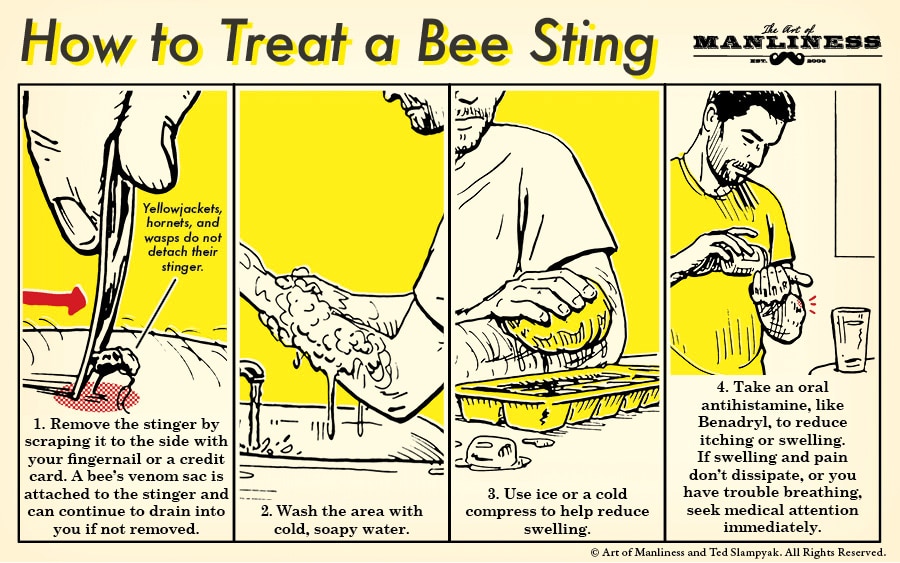

In order to provide them with the raw material they need to produce desensitization shots for those who are allergic, beekeepers collect and purify the venom. Significant amounts of honey bee venom are required by the pharmaceutical industry. Note a toilet paper core is included to provide a clustering place for the bees and has been cut on both ends to help prevent it from rolling around inside the jar. The towel absorbs the honey and the bees can suck it up while standing on the towel and avoid drowning in the honey. Additional conditions that have been successfully treated with bee venom include multiple sclerosis, post herpetic neuralgia (shingles), chronic pain syndromes, eczema, psoriasis, sclerosis, corns, warts (including planters warts), Epstein Barr virus (EBV), Lyme Disease, mononucleosis, premenstrual syndrome, menstrual cramps, irregular periods, mood swings, depression, and hypoglycemia.īees are stored in a jar with honey covered by a single layer of paper towel. BVT also has the potential to help reduce negative reactions to chemotherapy (Al-Atiyyat and Obaid 2017)īVT has been associated with increased fertility in sterile women and curing miscarriages, but also with increased risk of miscarriage in newly pregnant women. There is also significant research indicating the BVT may help in cases of malignant melanoma, basil cell carcinoma, lymphoma, breast and prostate cancer (Liu 2002, Son 2007, Liu 2008, Park 2011, Oršolić 2012, Mao 2017). While BVT can help with some of the pain symptoms of rheumatic disease, bee venom cannot stimulate the growth of new bone and cartilage.Īlthough the use of BVT has proven to be clinically valuable in the treatment of chronic pain symptoms research into this area of BVT continues to evolve (Lee 2008). The only cases that do not respond well are where the joints have deteriorated to the extent that there is bone-to-bone contact within the joint and where the bones have deteriorated. However, the use of BVT for treatment of rheumatoid arthritis is the area most widely documented (Kwon 2001, Kang 2002, Lee 2004, Park 2004, Yin 2005, Hong 2005). While no medical treatment works on everyone 100 percent of the time, most forms of rheumatic disease seem to respond to BVT including gout, osteoarthritis, bursitis, tendinitis, fibromyalgia, lupus, and scleroderma. He went on to become a co-founder of the American Apitherapy Society (AAS): a clearing house for information on apitherapy, which to this day dedicates itself to carrying on Mraz’s legacy by educating the public and health care community about the traditional, clinical and scientifically proven uses of apitherapy. Not only did Mraz initiate clinical research in conjunction with the scientists at Sloan-Kettering and the Walter Reed Army Institutes, he developed the USDA purity standard for dried whole venom and supplied venom to pharmaceutical companies worldwide. No one has worked as long or as hard to promote the benefits of BVT as Charles Mraz who is recognized the dean of the therapeutic use of bee venom in the United States.

This form of BVT is available almost anywhere and, as long as the patient is not hyper-allergic, the treatment is safe without long-term adverse effects even with long-term application of therapeutic doses.

Treatments are applied over the body on a rotating basis so that a former treatment area is not treated again until all symptoms of the previous stings have healed. Treatment typically consists of applications of bee stings three times a week, about every other day. While bee venom injections are not yet approved by the medical establishment for use treating rheumatic diseases, the sting from the live bee is often used and found helpful for this purpose. (Broadman 1962) While the majority of therapeutically applied bee venom is through injection in the form of desensitization shots for people suffering from hyper-allergic reactions to honey bee venom (anaphylaxis), anyone with access to a hive can obtain venom from the self-contained, self-sterilizing, self-injecting bee venom applicators living within. The use of BVT for rheumatic diseases has been recognized for at least 2500 years.

T he use of honey bee products for healing and health (known as Apitherapy) has been in use since ancient times, however, the most attention grabbing apitherapy treatment today tends to be the use of bee stings to reduce disease symptoms.


 0 kommentar(er)
0 kommentar(er)
